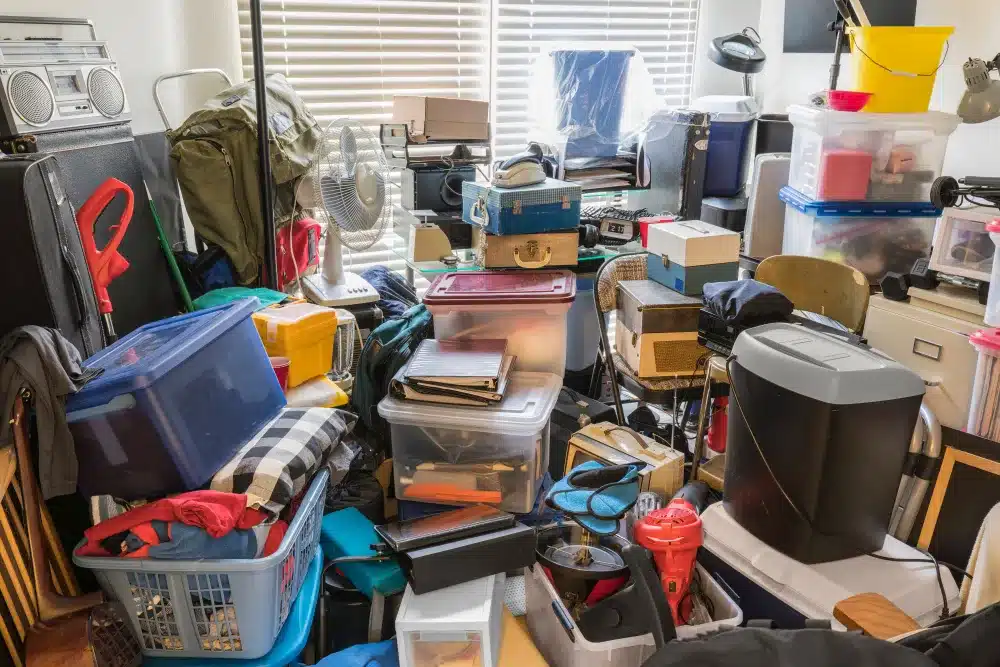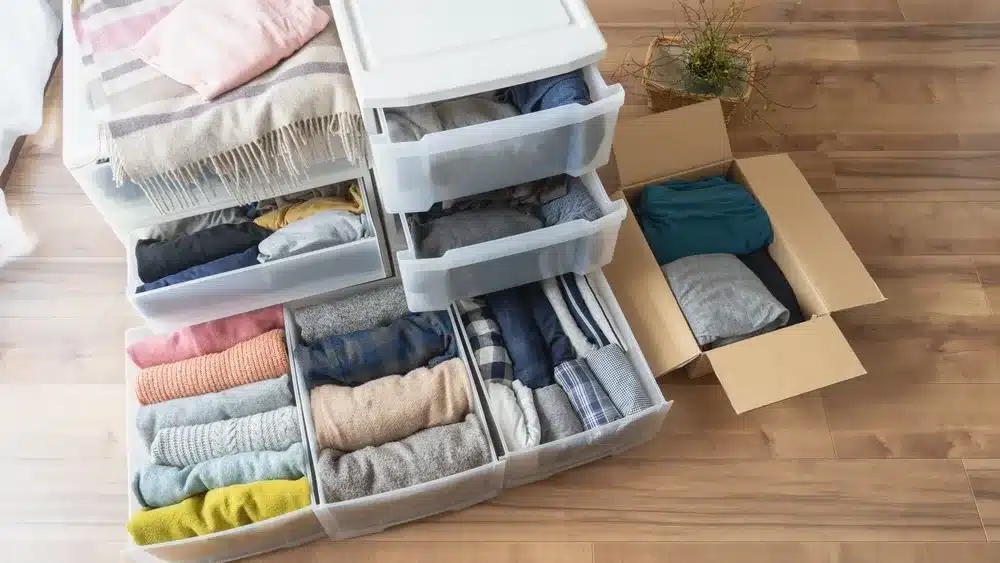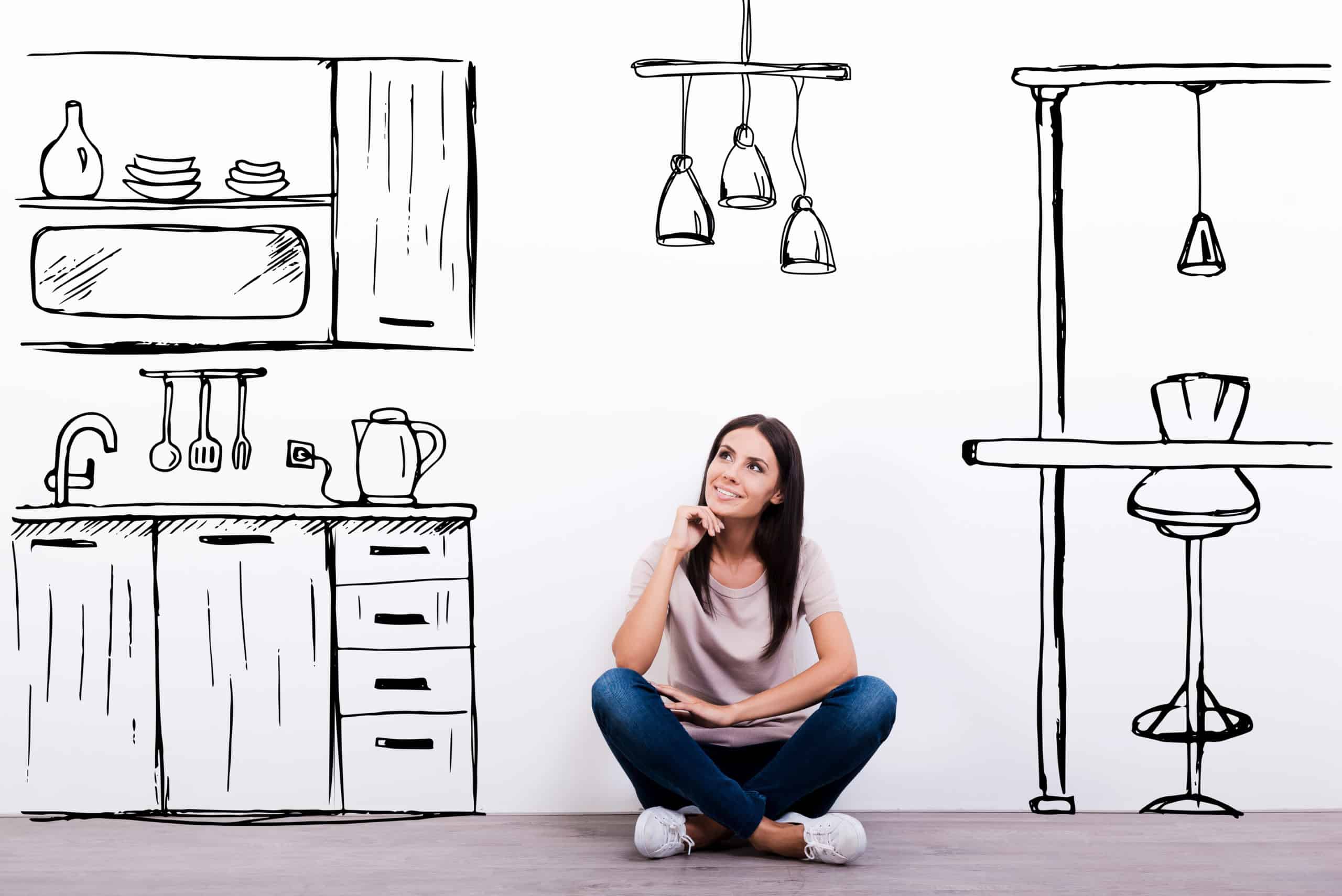Whether it’s because your kids won’t stop growing older, you’re relocating, or maybe you’ve just had enough of the clutter at home, there comes a time in many of our lives where we need to address the mess of our kids’ playroom.
Your children’s toys can be something they want to hold on, and as a parent there may be a certain amount of sentimental value we place on them. Fortunately, in just such instances, self storage can allow you to keep your kids toys for future generations or even private collections.
Preparing toys for a storage unit
The first step in most self storage situation starts at home: you need to learn how to get toys ready for storage. We recommend starting out by sorting them into three different piles: keep in storage, donate or sell, and discard. As much as it pains us to make our kids part with childhood memories, this is the ideal to clean out some of that clutter.
The trick is to pick up each item and spend a few minutes analyzing it. Does it bring you happiness and does it fulfill a purpose? If it does, then place it in the storage pile. These items can be reused for potential grandchildren or perhaps given to your kids when they’re older as a loving reminder of their childhood days.
If the item doesn’t bring such a response, but is still in a solid working condition, then place them in the donation or sale pile so that they may bring joy to a more immediate generation of kiddos. For those items that are broken, damaged, or otherwise unusable, you can make use of your garbage or recycling.
Once you have the pile of toys you want to store, you can begin cleaning them. As toys come in a range of materials and types, here are a few tips on cleaning toys for a storage unit:
- For plastic toys start by wiping down all the surfaces of dust, debris, or other contaminants. This will help prevent any scratching from occurring as well as joints locking up, and is especially useful for electronic components to continue working.
- For electronic toys be sure to remove any batteries while cleaning the toy. This will help prevent any corrosion from occurring due to the batteries.
- For stuffed toys gently clean off any food or smudges, even down to crumbs, that may have found its way into the fabric or stuffing. This will prevent any mold or mildew growth from occurring while in storage.
After cleaning, many of the toys can be placed in boxes or bags. We recommend using a clear plastic tote so you can easily see the contents when they’re placed in storage. Regardless of whether it’s a plastic tote or plastic bag, it’s a wise decision to clearly label the containers contents as well as write down a list of everything you’re placing in storage so you know where the toys are.
Find the right storage features for toys
The next step in placing your kids’ toys into a storage unit is finding the best storage features that match your situation. In most instances, we highly recommend using a climate controlled storage feature when it comes to storing toys of any kind.
The climate control feature maintains a constant temperature and humidity level within the unit, which is ideal for a number of reasons regardless of where you live. Both sweltering and frigid temperatures can warp and break plastics, while humidity in the air can cause shorts in electronic components or cause mold grow in fabrics. Preserve your belongings with climate control so that the toys are still play-ready when you pull them out.
Another important feature you may want to look into, depending on the value of the toys, is strong security features. Most facilities will have video surveillance, but you can also find storage facilities with features such as onsite management and electronic gate access to prevent any theft or vandalism on your unit.
Placing toys in a storage unit
Once it comes time to finally place your children’s toys in a storage unit, there are still a few simple but key things to do. For instance, do not stack the boxes too high less they fall and break while in storage. Additionally, avoid stacking everything in one corner or pile within the unit. A good rule to follow is to line the walls of your unit as much as possible for quick, convenient access to anything, which will really come in handy should you accidentally pack away your daughter’s favorite teddy bear.
You don’t have to toss out your children’s favorite playthings just because they grow old. While some items can bring joy to other kids or simply can’t be used, a storage unit will allow you to hold on to some of their (and your) favorite memories and hopefully share with kids of their own for years to come.






